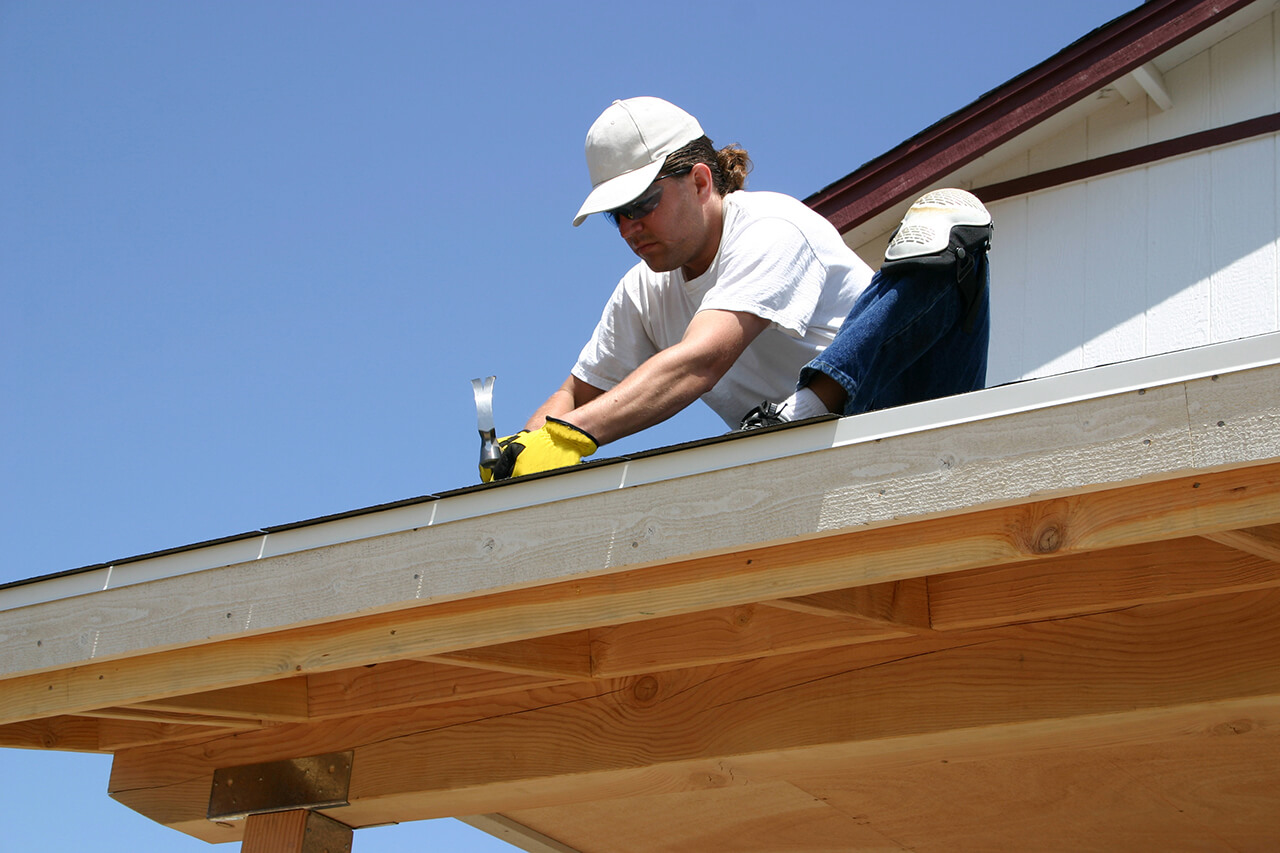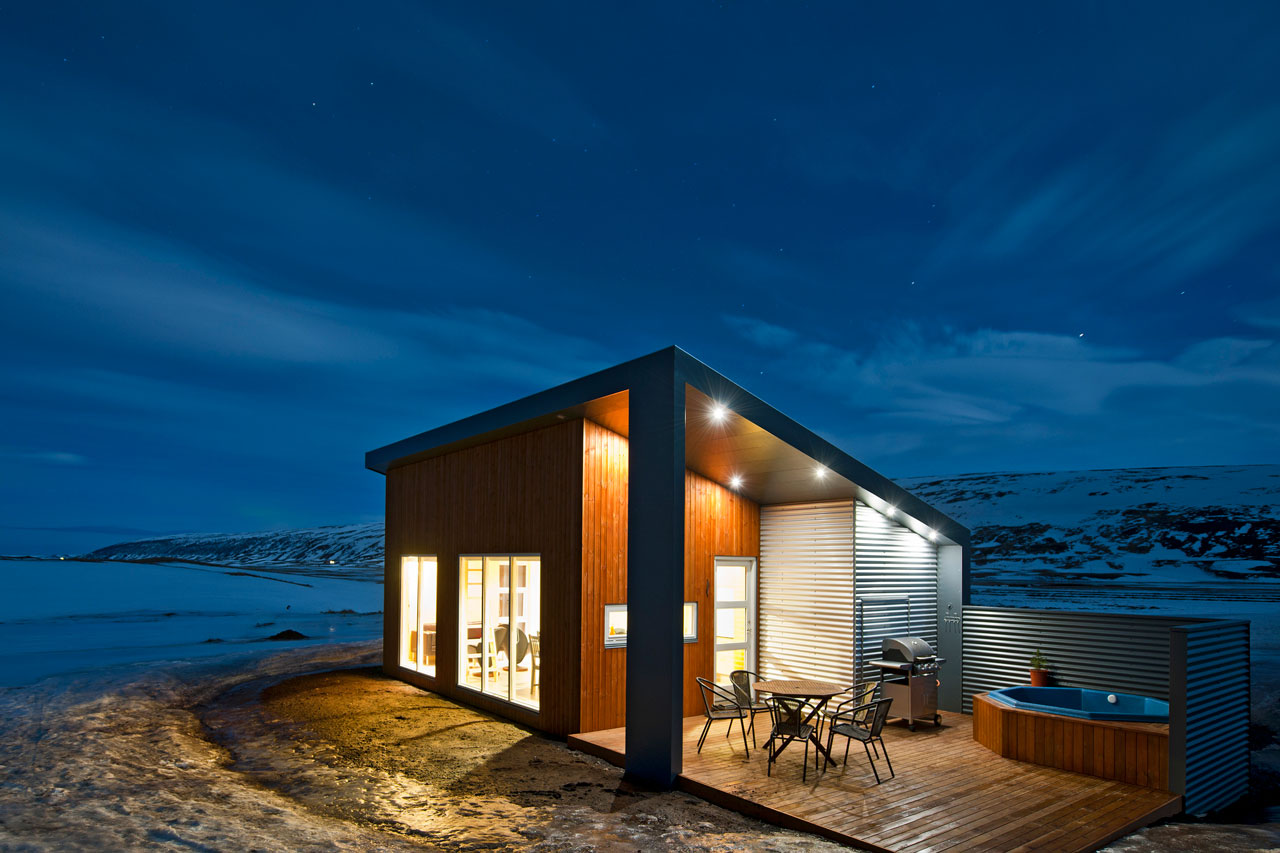Resource Center
Tips and tools to help you tackle any home project.


Popular projects near you
- from $1,890
Home Cleaning
from $85Roof Repair
from $594Fence Repair
from $380Appliance Repair
from $264Pest Control
from $186Gutter Services
from $575Plumbing Services
from $210
Explore top articles
From average costs to expert advice, get all the answers you need to get your job done.

Budget for solar water heater costs based on factors such as system type, collector type, location in the home, labor, tax credits, and more.

Learn how much solar panel maintenance costs and how to budget appropriately to keep your panels clean and working long-term.

Use this guide to budget for roof repair costs based on factors such as roof condition, materials, size, repair type and severity, and more.

Budget for solar panel installation costs based on factors such as system size, panel type, electrical requirements, location, rebates, maintenance, and more.

Budget for composite shingle roof costs based on factors like roof size and pitch, labor, removal and disposal, complexity, and more.

Discover the cost to build a steel home and determine how the home type, size, finishes, systems, and labor fees affect your final project price.






